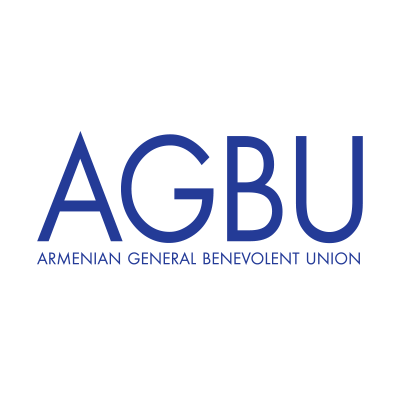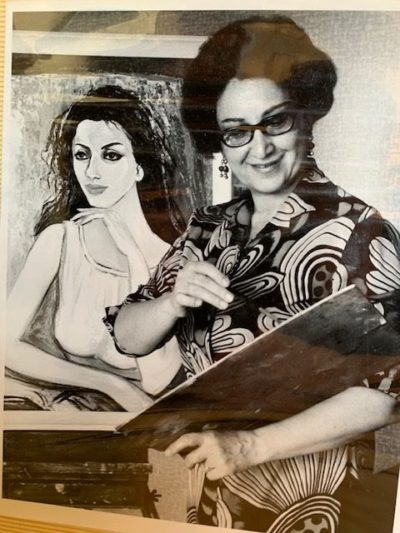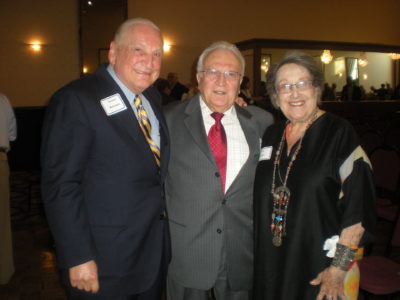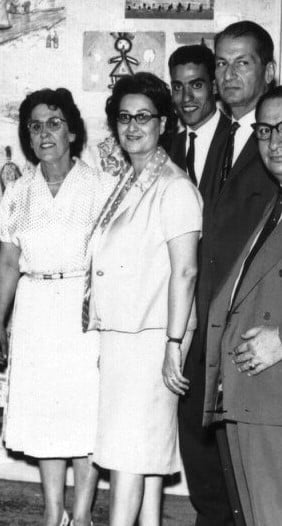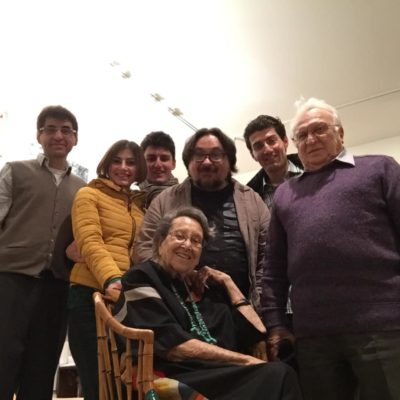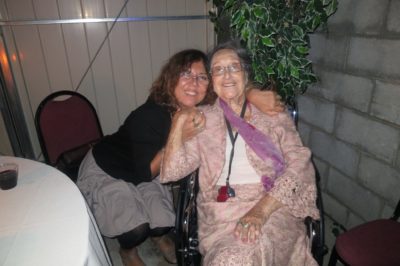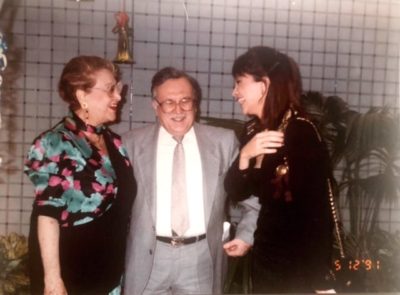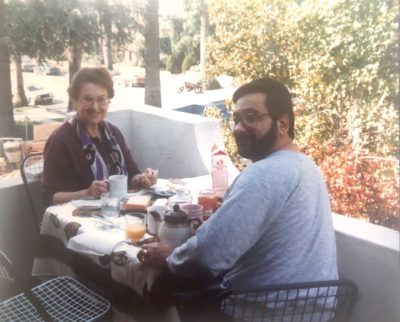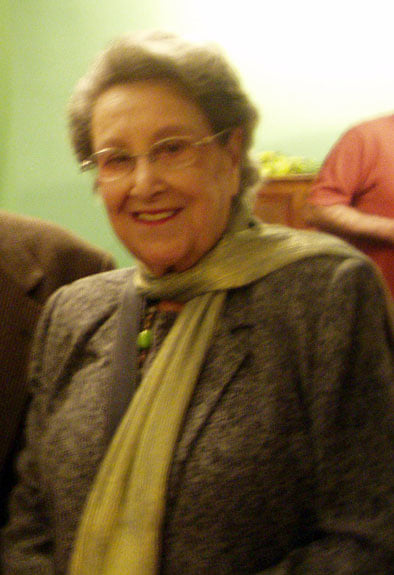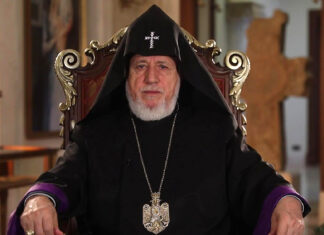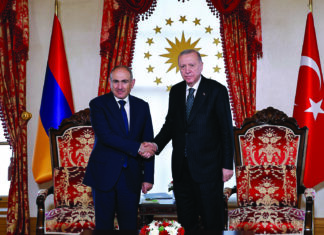DETROIT — Nora Azadian always wondered why nature did not fashion the life of humans as it did that of trees, which lose their foliage in the fall and are revived in the spring.
This year, once again, the trees are in full bloom, but now without Nora, who passed away on April 29.
Nora was one of the rare types who was fully content with her life. She was full of a creative spirit and expressed that creativity in many ways. Even her ordinary daily life brimmed with nobility and grace.
She always claimed that in life she had received everything she had wished for and never envied others for status or material goods and never asked for more than she had. That is why she thought she lived her life the way she wanted, full of enthusiasm and vivacity.
She looked upon death stoically and philosophically. She courageously faced the finality of human life and peacefully made the transition.
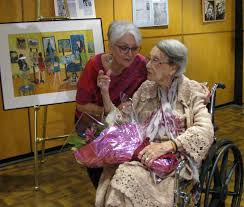
Early Childhood
